Ready Made Posts
These posts are completely ready to be copied and posted. Use the text and images provided to post about the Reconstruction Era National Historic Network. Make sure to tag the network in your post and link to network information on your website or back to the network website. Link in your bio on Instagram or in the post on Facebook and Twitter.
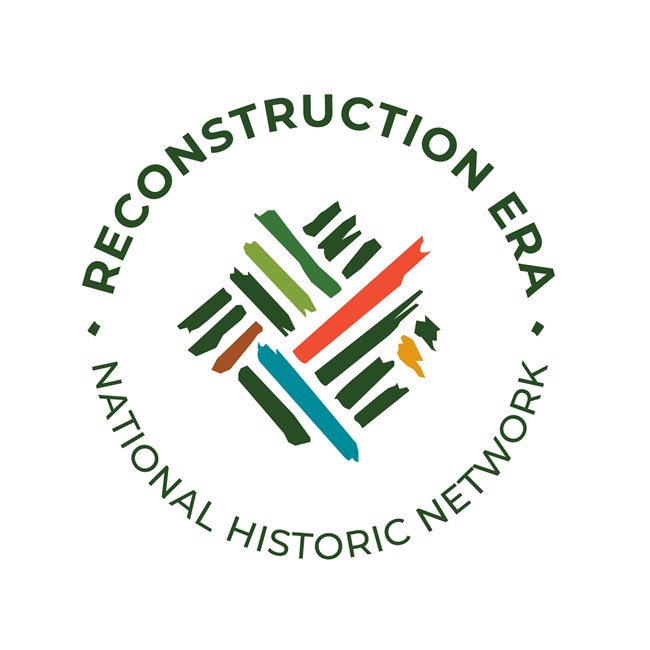
NPS
What is the Network
Reconstruction Era National Historic Network is administered by the Reconstruction Era National Historic Park and was established by the John D. Dingell, Jr. Conservation, Management, and Recreation Act of 2019.
As of February 2024, the Network has 107 sites in 28 states plus the District of Columbia comprising National and State Park sites, museums, HBCUs, historic houses, churches, historic districts, interpretive programming, and even virtual space.
The Dingell Act establishes three basic criteria for adding members to the Network:There must be a verifiable connection to Reconstruction, 1861 – 1900. Who are the people and what are the events that happened that make this site important? For museums and archives, what topics or collections increase our understanding of Reconstruction or share important stories?
If the proposed property is a historic structure from the period and the application is on that merit alone, it must also be determined by the State Historic Preservation Officer (SHPO) to be listed, or eligible to be listed, in the National Register of Historic Places. The proposed site must have permission of the owners.
Image Alternative Text
A weave pattern created from brightly colored loose threads.
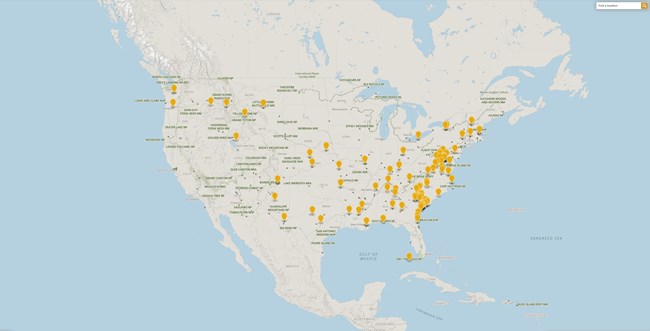
NPS
Discover the Network
Reconstruction Era National Historic Network offers a holistic look at Reconstruction, actively challenging the common mindset that Reconstruction was limited to the states of the former Confederacy, or the idea that “Reconstruction did not happen here”.
Reflecting the diversity of the United States, the Network celebrates the stories of ordinary people achieving extraordinary things across this nation between 1861 and 1900. The stories of the individual sites further our understanding of the successes and failures, and the triumphs and tragedies of Reconstruction across the nation.
All Network sites have equal roles regardless of size because every story is important, and every site played a vital role in the history of Reconstruction. The Network celebrates the timeless themes and stories borne out nationwide during Reconstruction – equality, justice, freedom, economic opportunity, citizenship, and education.
Image Alternative Text
Map of the United States with 107 orange points of interest, pointing out each of the network sites across the U.S.
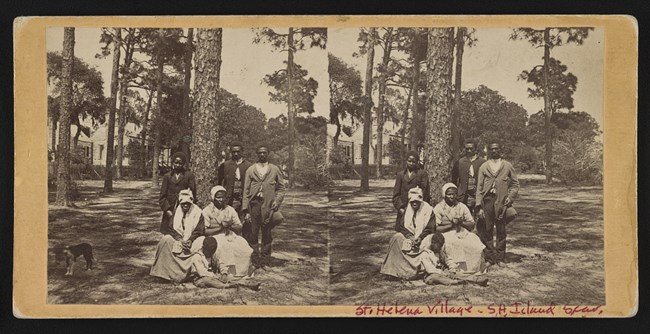
LOC
Reconstruction 101
The Reconstruction Era in the United States was the period from 1861 to 1900 that focused on the integration of newly freedpeople and the reintegration of former Confederates into the United States. During this period, The United States Army played a significant role in administrating former Confederate territory as well as dealing with the inundation of newly freed slaves. President Lincoln issued the Emancipation Proclamation on January 1, 1863, that notionally changed the status of 3.5 million enslaved African Americans in Confederate territories to free, but the Proclamation left the status of another 500,000 enslaved in the Border States unaddressed.
After the war, the Freedman’s Bureau was established in 1865 with the purpose of assisting the formerly enslaved with food, housing, medical aid, schools, and legal assistance. During Reconstruction three Constitutional Amendments were ratified to ensure the formerly enslaved certain rights as citizens of the United States: the 13th Amendment (1865), the 14th Amendment (1868), and the 15th Amendment (1870). Commonly referred to as the Reconstruction Amendments, they outlined basic civil rights for all citizens, although at the time they were more aspirational than a concrete reality.
The controversial election of Rutherford B. Hayes in 1876 led to an agreement for the removal of US Army units from the former Confederate states. With the withdrawal of US Army personnel, Southern states were able to enact discriminatory laws that stripped Black Americans of their civil rights and voting rights. Although the nation was united under new economic growth and saw the establishment of state funded public school systems and new education opportunities, the re-establishment of Black Codes and the rise of Jim Crow Laws prevented full Black enfranchisement and true civil rights.
Image Alternative Text
Three men stand, two women, and a child sit outside in front of pine trees and houses.
Customizable Posts
Use the following topics to create your own custom post that can be shared by Reconstruction Era National Historic Network. Tag us, @reconstructionnps, in your posts so your followers can find us.
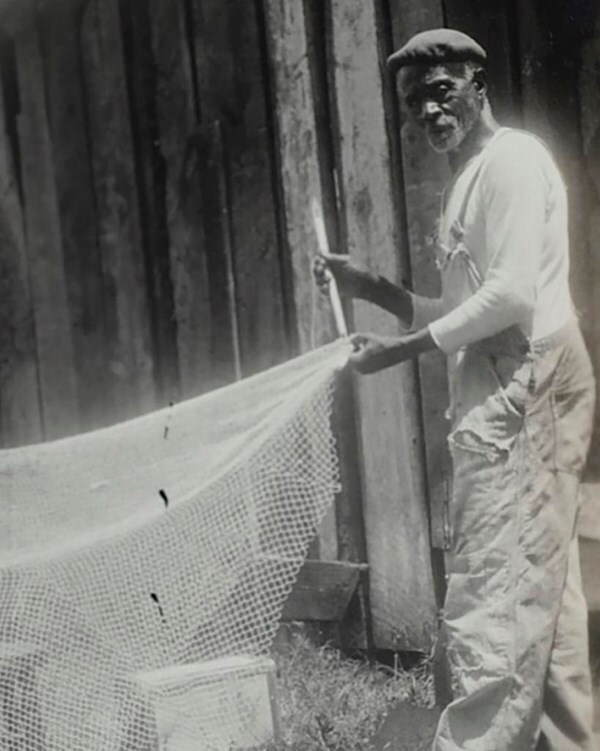
National Archives
Portraits of Reconstruction
Reconstruction Era National Historical Park has been creating Portraits of Reconstruction posts to highlight people of the time. These posts can be of people specific to the site, or everyday people we found new information on. The Network encourages you to use this idea as well. Choose people who are important to your Reconstruction Story or those who have a link. Then write a short bio about them and their connection to the time period. Linking to more information on your website or on the National Park Service Subject site is a great way to increase traffic and provide visitors with more information.
Hashtag
#PortraitsofReconstruction
Sample Text
Sam Polite was born in the 1840s on a St. Helena Island plantation and enslaved by the Fripp family. Sam was taken by his enslavers when Union forces arrived in 1861, laboring in Barnwell, SC for the remainder of the Civil War as an enslaved man.
After the war, Sam purchased a plot of land on St. Helena Island, where he lived out his days farming and fishing. Sam had lived through slavery, Reconstruction, Redemption, and Jim Crow; gaining the right to vote, losing it, and living almost long enough to get it back.
Living through these extraordinary times, what might Sam have to say about his life and the world around him? What stories might he tell and how might he tell them? In the 1930s and 1940s, Sam told his story to researchers, Works Progress Administration interviewers, and documentary filmmakers. Through these interviews, Sam was able to share his stories of everyday life on St. Helena and the events which surrounded it. More importantly, Sam told his stories the way he wanted to, choosing what he shared and how he shared it himself. #PortraitsofReconstructionSample
Image Alternative Text
Sam Polite standing with a fishing net stretching the net out.
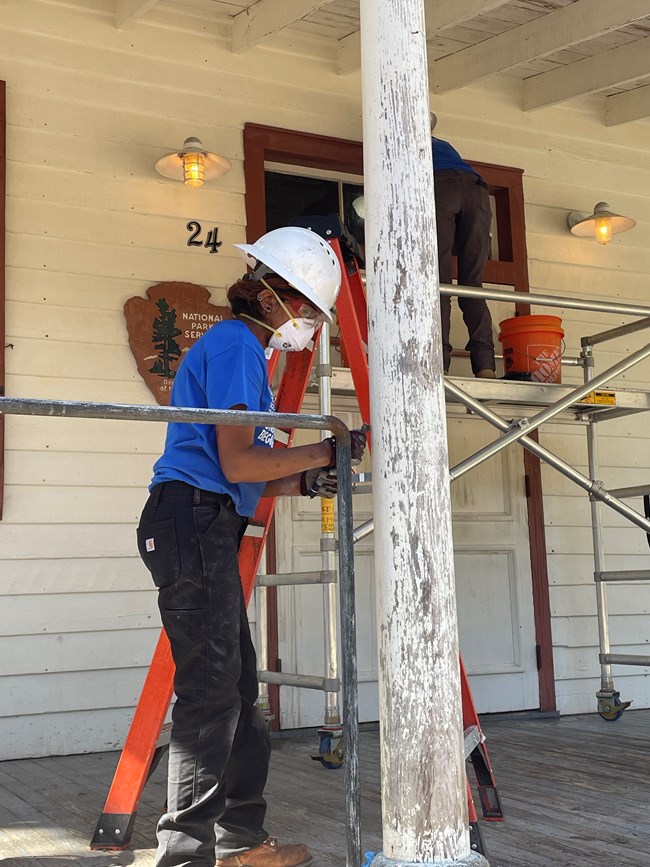
NPS/Chris Barr
Site Work
As you work to add to your site and restore it, share the work with the public. Site work posts can be about renovations, programs, special projects, and new exhibits. Provide the public with behind-the-scenes glimpses and take them along for the ride as you put together new projects. For the text of these posts remember to keep it short. Provide a bit of backstory to how the project got started and share what you are working on.Hashtag
#ReconstructionEraNationalHistoricNetworkSample Text
Did you know we have been working to preserve Darrah Hall? Over the last year our park team, the Student Conservation Association, and Historic Preservation Training Center have completed a long list of renovations. This project included: reconstructing the ADA Ramp, repairing the front porch, stairs, columns, trim, and siding, painting the exterior, replacing the cedar shingles. This historic building is looking beautiful now just in time for Heritage Days, thanks to the teams’ hard work. Make sure to stop by and see the wonderful job they have done during the 39th Annual Heritage Days Event at Penn Center. #ReconstructionEra #ReconstructionEraNationalHistoricNetworkImage Alternative Text
A woman wearing personal protection equipment works on scraping paint off a column on the porch of Darrah Hall.
NPS/Elena De Marco
Trip Planning
To help visitors plan their trips to your site, showcase all they can do related to the reconstruction era. Use trip planning posts to show off your site, highlight your open hours and help people visit you.Hashtag
#ReconstructionEra, #ReconstructionEraNationalHistoricNetworkSample Text
Are you planning a trip to visit the Lowcountry? Make a stop at Reconstruction Era National Historical Park to learn about the impact Reconstruction had on Beaufort County and the United States. During your visit check out all three sites, Downtown Beaufort, Darrah Hall, and Pinckney Porters Chapel, while you explore the area. Check our calendar for our daily tour schedule, link in our bio. #ReconstructionEra #ReconstructionEraNationalHistoricNetworkImage Alternative Text
A brick single story building with large arched windows and trees surrounding the exterior.Last updated: May 2, 2024
